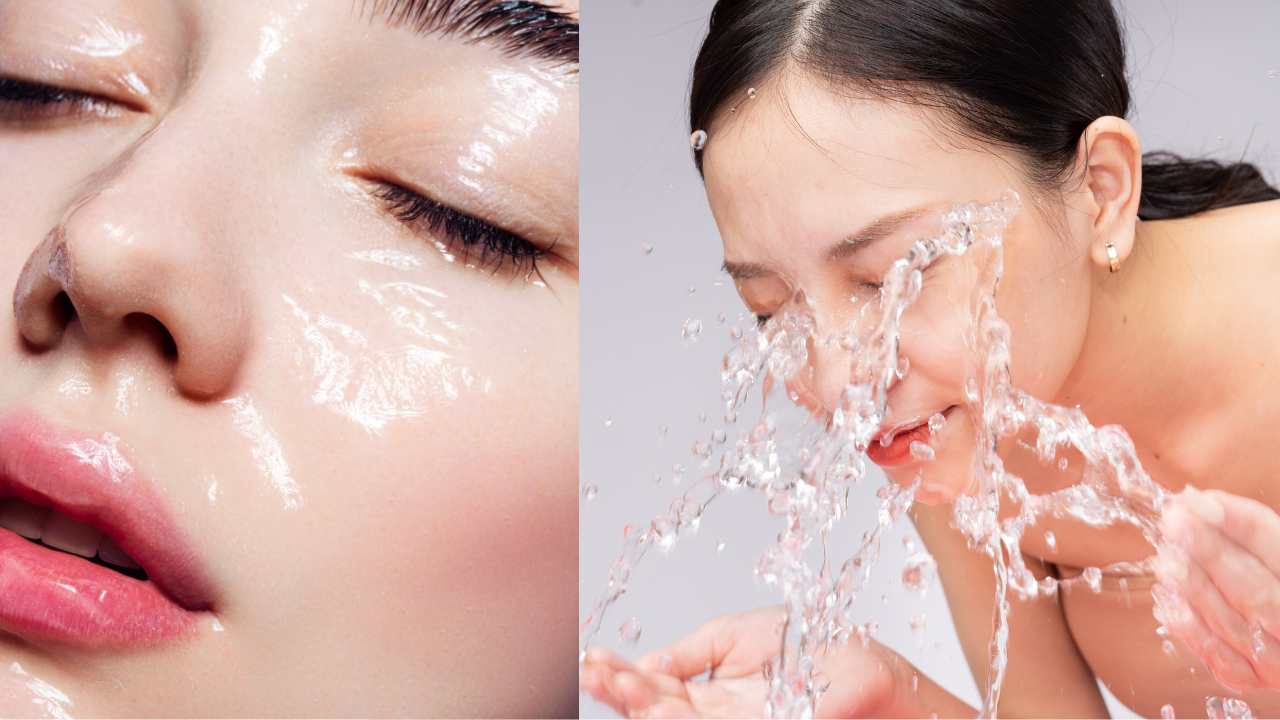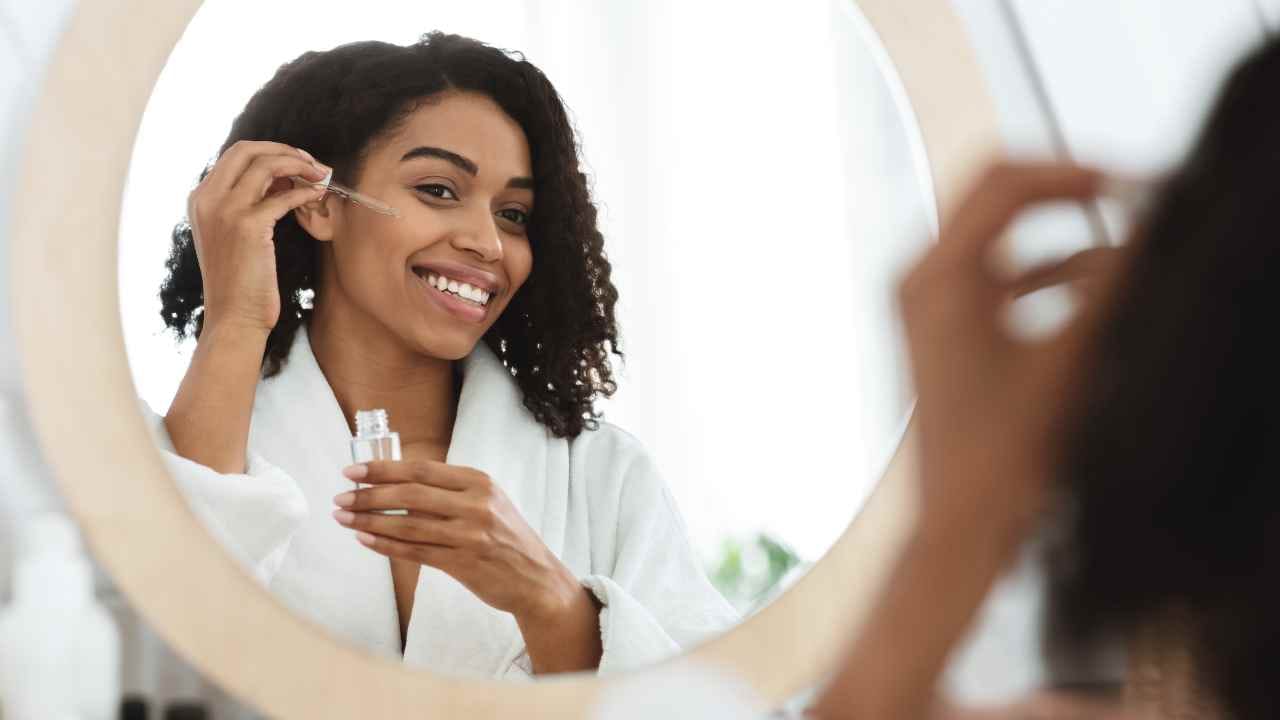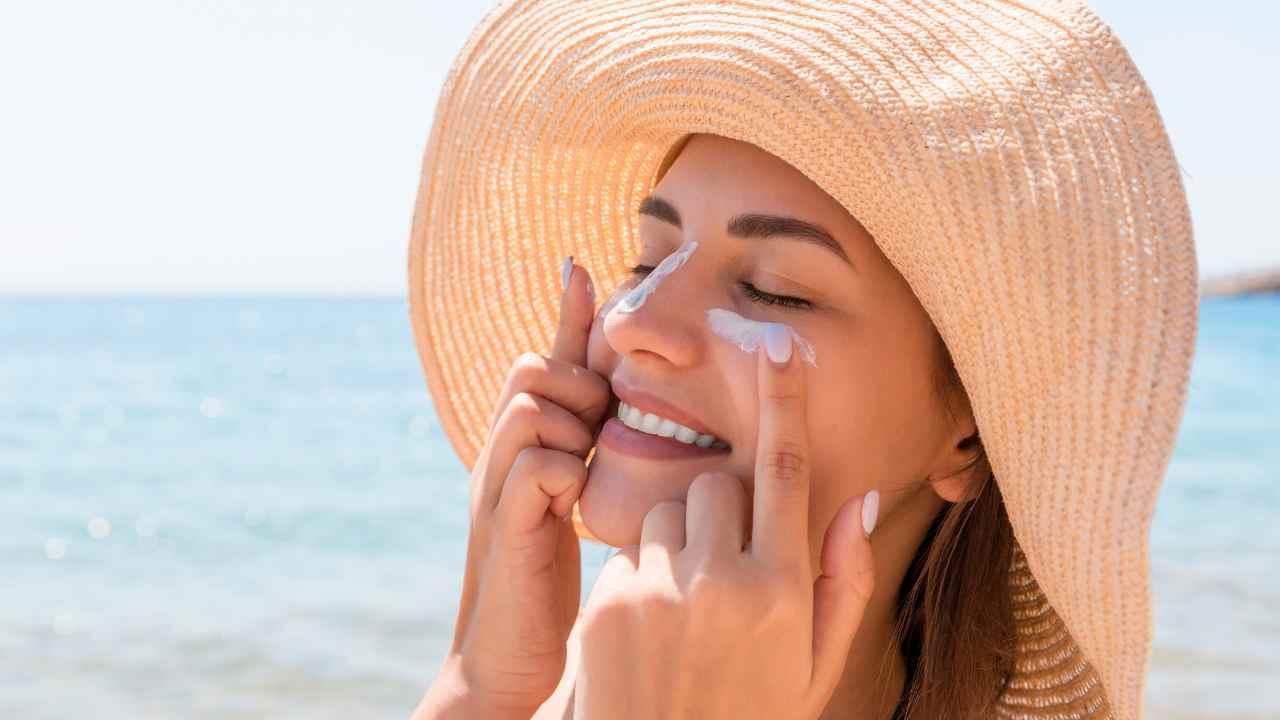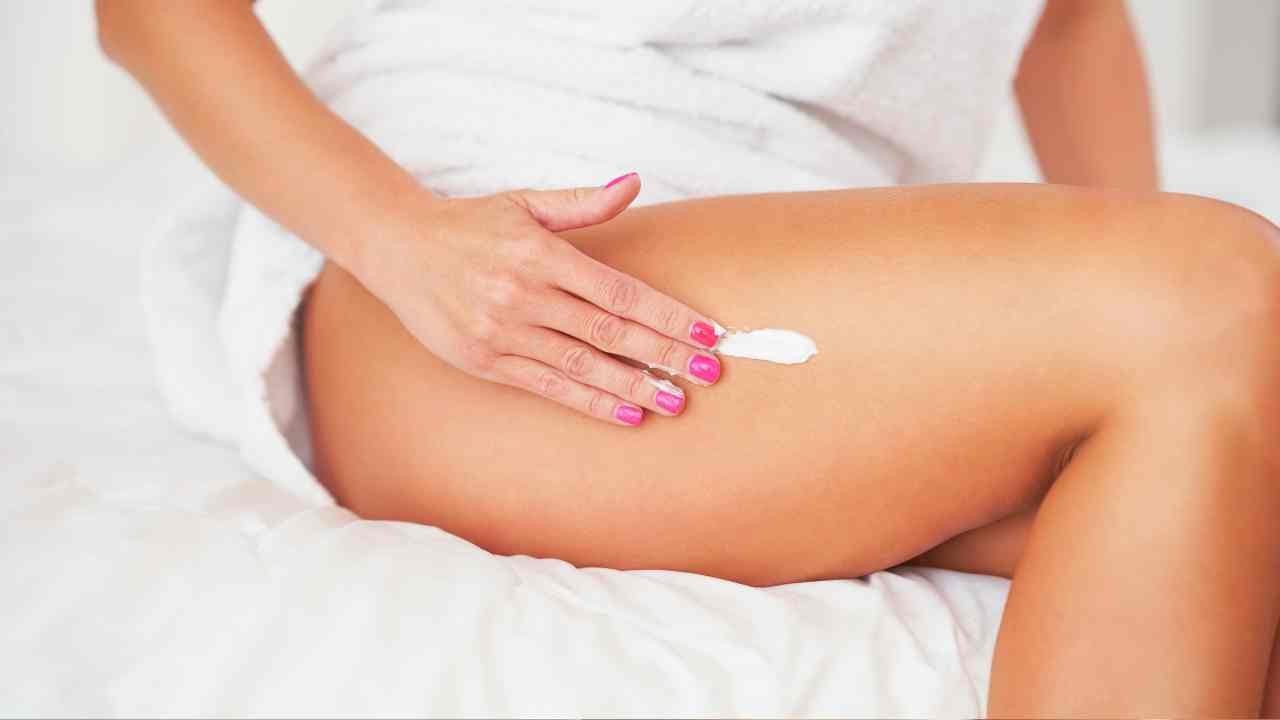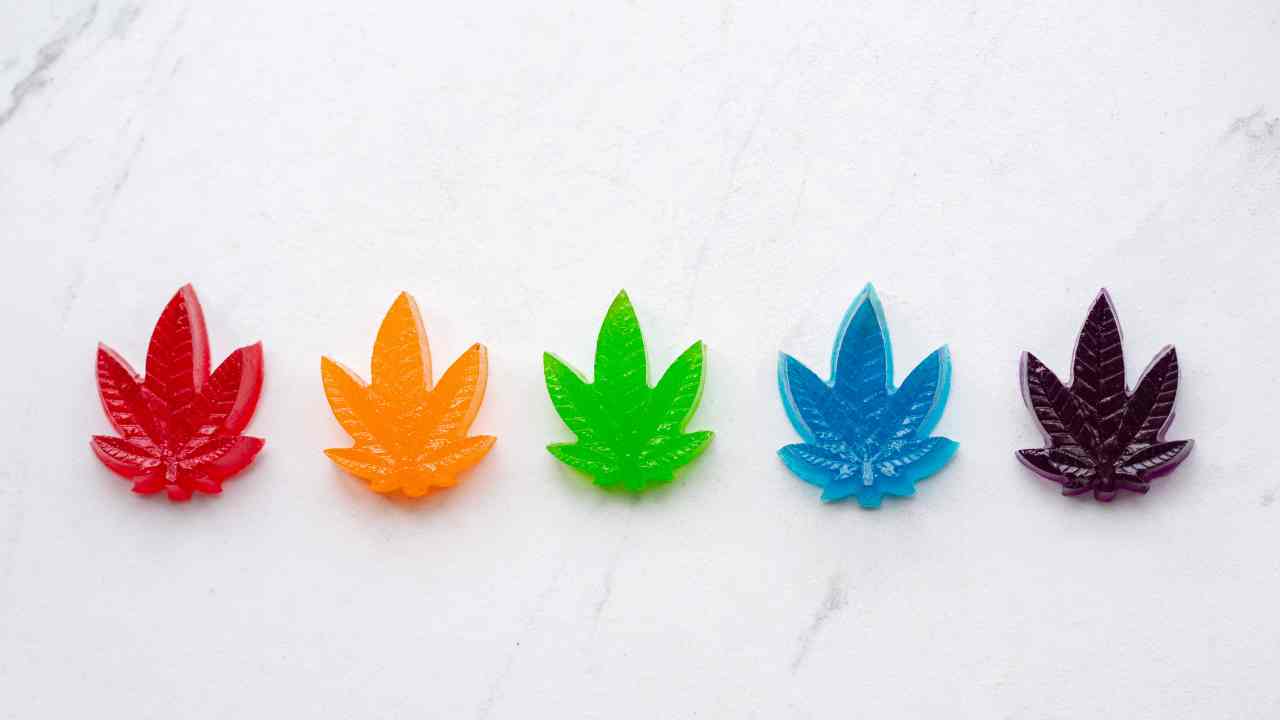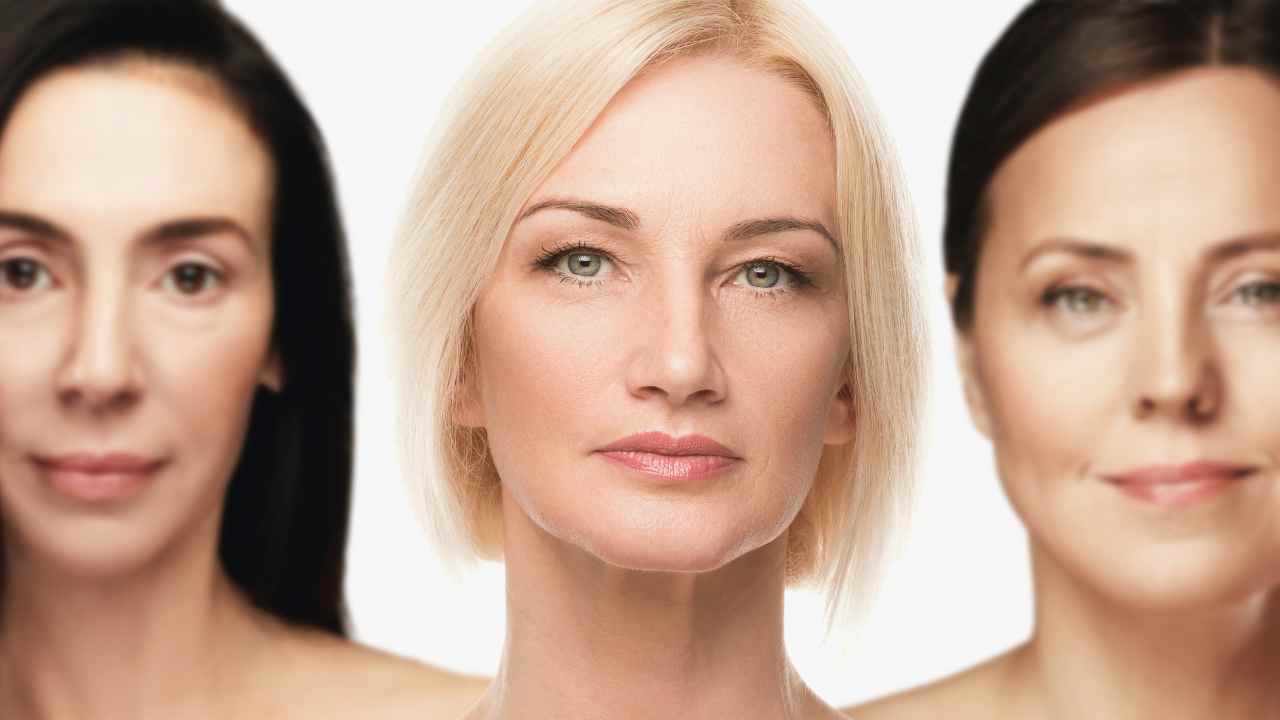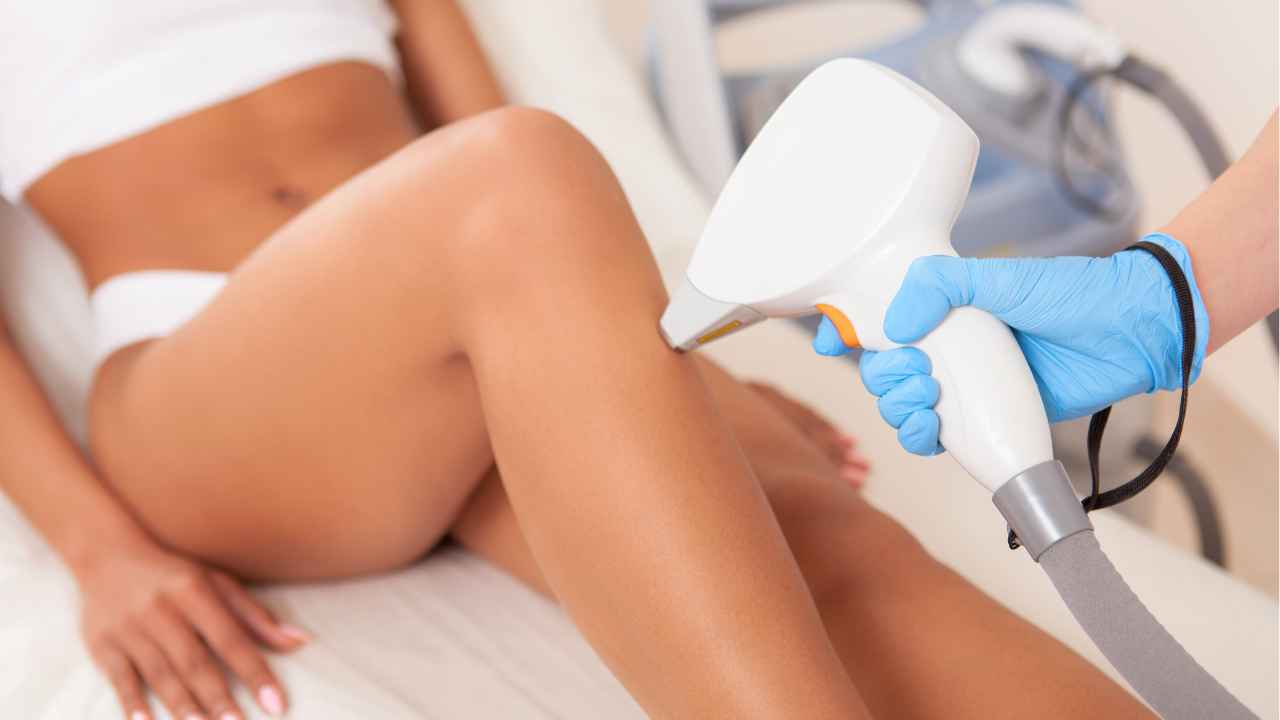
Can You Use Glycolic Acid with Retinol? Try This Technique!
It’s one of the most common questions in skincare: can you use glycolic acid with retinol? If you’re looking to improve your complexion, clear out your pores, and gain a youthful glow, then these two powerhouse ingredients can work wonders for you.
But before loading up on products that contain these two ingredients combined, it’s important to know some things about how each ingredient works — as well as the pros and cons of using them together!
In this post we'll explore all the different elements at play when combining glycolic acid with retinol so that you can make an informed decision on which combination can best improve your dull skin! Ready to dive deep into the magical world of AHAs & BHAs? Let's go!
All About Glycolic Acid
Glycolic Acid is an alpha hydroxy acid (AHA) that is derived from natural sources such as sugar cane, pineapple, and cantaloupe.
It's a small molecule with molecular weight of about 60-100 daltons, which means it can penetrate the skin relatively easily compared to other AHAs. This makes it very effective at exfoliating dead skin cells on the surface of the skin, helping to reduce wrinkles and uneven pigmentation.
It's also been shown to help stimulate collagen production and increase moisture retention in the deeper layers of your skin - leaving you with a fresh and healthy complexion!
Finally, glycolic acid is often used in chemical peels for more dramatic results for hyperpigmentation or aging issues. In summary, glycolic acid works as an effective skincare ingredient that helps improve texture and tone while delivering anti-aging benefits too!
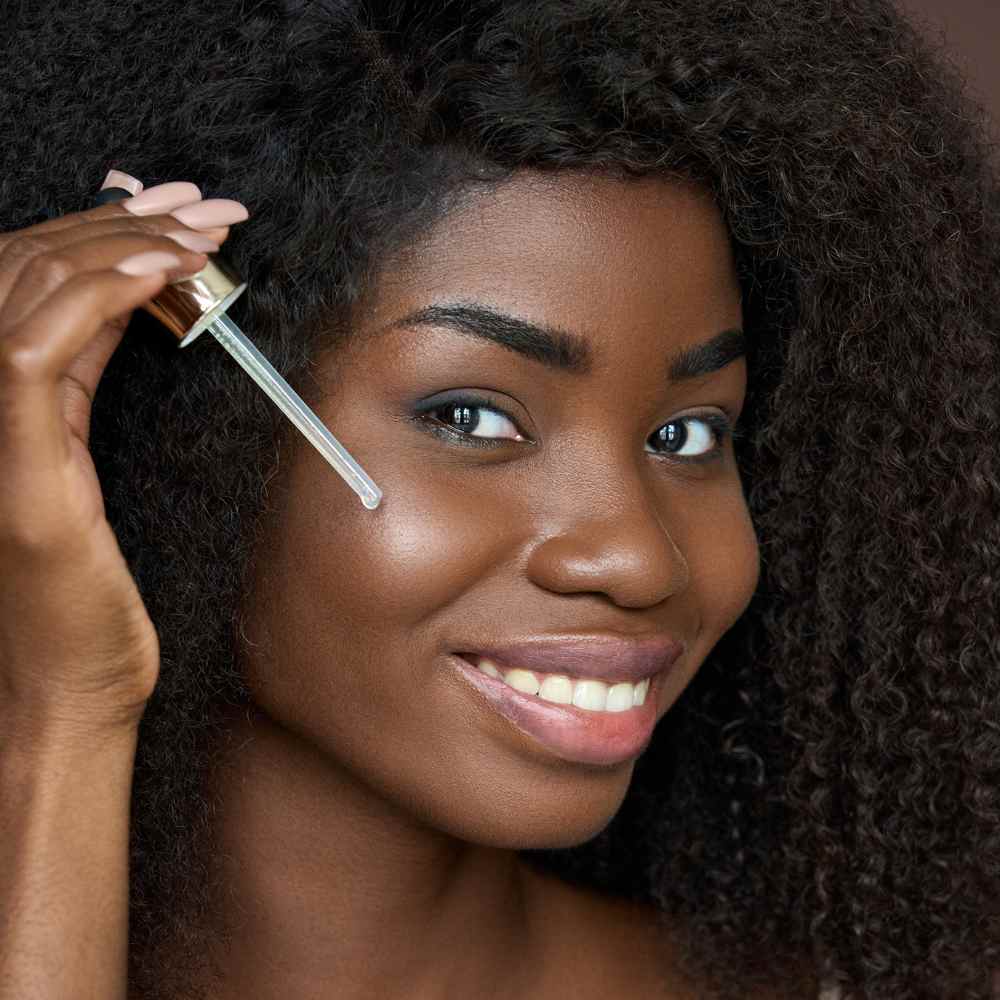
All About Retinol
Retinol is a powerful form of Vitamin A that’s an essential component for healthy skin and the overall health of your body. Retinol is found naturally in many foods that are part of a healthy diet, such as liver, fatty fish, eggs and dairy products.
It helps to nourish all layers of the skin while fighting off acne-causing bacteria and reducing wrinkles.
Plus, it supports cell turnover which helps your complexion look brighter and more even-toned! Retinol has also been linked to decreasing inflammation caused by sun exposure, environmental pollutants or other irritants.
No wonder it’s been hailed as one of the most effective anti-aging skincare ingredients out there! With regular use, you can expect to see glowing results — but take care not to overexpose yourself as too much retinol can cause irritation or redness.
Keep an eye out for products with “retinyl palmitate” listed on their labels – this indicates that a product contains retinol derivatives from plant sources without being overbearingly strong on your skin.
Why You Should Start Using Glycolic Acid
1. Exfoliation: Glycolic acid gently removes dead skin cells, promoting skin cell turnover and revealing fresher, smoother skin underneath. This exfoliating action helps to improve skin texture, refine pores, and diminish the appearance of fine lines and wrinkles.
2. Brightening and Hyperpigmentation Reduction: By exfoliating the skin's surface, a glycolic acid product can effectively fade dark spots, sunspots, skin discoloration and hyperpigmentation, resulting in a more even skin tone and a brighter complexion.
3. Enhanced Product Absorption: The exfoliating effect of glycolic acid helps to remove the buildup of dead skin cells, allowing other skincare products, such as serums and moisturizers, to penetrate more effectively and deliver their benefits to the skin.
Why You Should Start Using Retinol
1. Wrinkle Reduction: Retinol is highly effective in reducing the appearance of fine lines and wrinkles. It stimulates collagen production, which helps to improve skin elasticity and firmness, resulting in a smoother and more youthful-looking complexion.
2. Skin Texture Improvement: Retinol promotes cell turnover, leading to a smoother skin texture and a reduction in roughness and unevenness. It can also help those with acne prone skin to minimize the appearance of acne scars and refine the skin's surface.
3. Brightening and Evening Skin: Retinol can help fade dark spots, age spots, and hyperpigmentation, resulting in a more even skin tone and a brighter complexion.
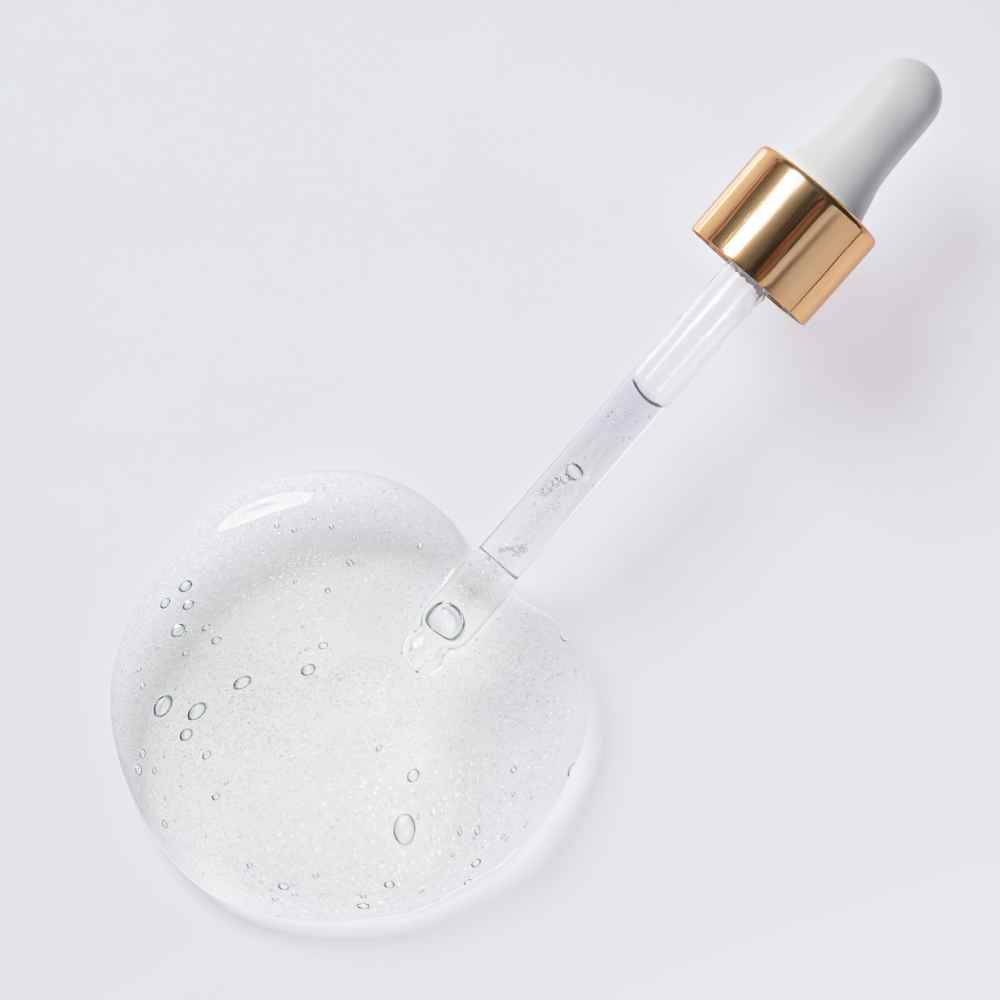
Can You Use Glycolic Acid & Retinol Together in Harmony?
Now, let's address the burning question: Can you use glycolic acid with retinol? The answer is yes, but with some caution and proper care.
While glycolic acid and retinol can be used together, it's important to introduce them gradually and listen to your skin's needs. Here are some tips to consider:
1. Start Slowly: If you are new to using either glycolic acid or retinol or have dry or sensitive skin, it is advisable to introduce them into your skin care routine separately before combining them. Begin by using each ingredient on alternate nights and gradually increase the frequency as your skin tolerates it.
2. Consider Concentrations: Pay attention to the concentrations of glycolic acid and retinol in the products you are using. Higher concentrations of these ingredients may increase the risk of skin irritation when used together. Start with lower concentrations and work your way up if necessary.
3. Layering Order: When using both glycolic acid and retinol in your routine, it's generally recommended to apply them on alternate nights. This allows each ingredient to work effectively without compromising the skin's barrier. Start by using glycolic acid one night and retinol on the following night.
4. Listen to Your Skin: Monitor how your skin responds to the combination of glycolic acid and retinol. If you experience any signs of irritation, redness, or dryness, consider spacing out their usage or consulting a dermatologist for personalized advice.
5. Sun Protection is Essential: Both glycolic acid and retinol can increase the skin's sensitivity to the sun. It's crucial to apply broad-spectrum sunscreen with a high SPF during the day to protect your skin from harmful UV rays and prevent further damage.
Natasha B., an esthetician and beauty influencer, reveals how she spaces out these skincare products in a way that doesn't damage her skin barrier.
@beautyjunkymonkey Replying to @Cardinalbird83 although it is true, some skin types can use glycollic acid toner’s before using the retinol, most people cannot. Here is what you need to know.#retinolskincare #retinol101 #retinol #glycolicacid #glycolicacidtips #retinol #glowingskin #glowingskincare
♬ original sound - BeautyJunkyMonkey
One of our favorite TikTok dermatologists, Dr. Whitney Bowe, also recommends alternating these ingredients on different nights as part of a skin cycling routine. She explains in this video:
@drwhitneybowe You asked for details about #skincycling Enjoy! #dermatologist #thatboweglow #skincare #skincarelayering #exfoliate #glycolicacid #skincareroutine
♬ Forever - Labrinth
Give These Skincare Ingredients Some Space
Combining these powerful ingredients can definitely up your skincare routine game, but it’s important to take it slow and use caution.
Listen to your skin’s needs – start with one product at a time to determine which ones work best for you. When it comes to the combination of glycolic acid and retinol, stay safe by alternating their use.
As long as you do that, there's no reason why you can't enjoy all the amazing results they have to offer!
So don't be afraid to give them a try – in moderation, of course – and see what wonders they can do for your skin. You could very well start on the path towards achieving a brighter and healthier complexion!



